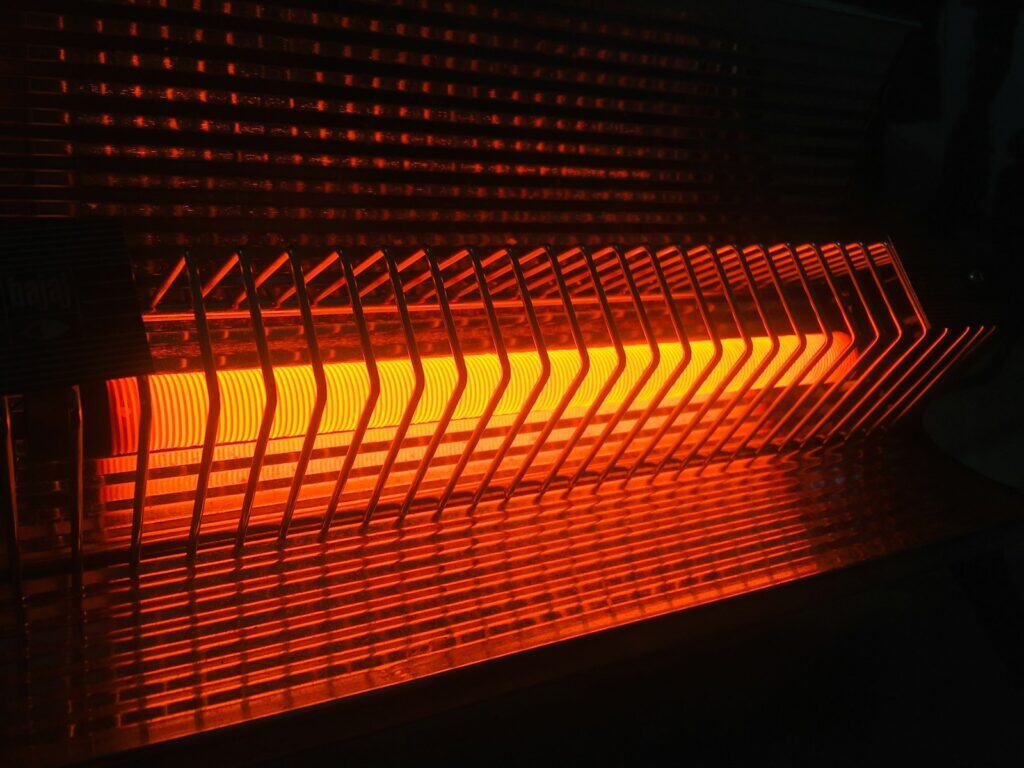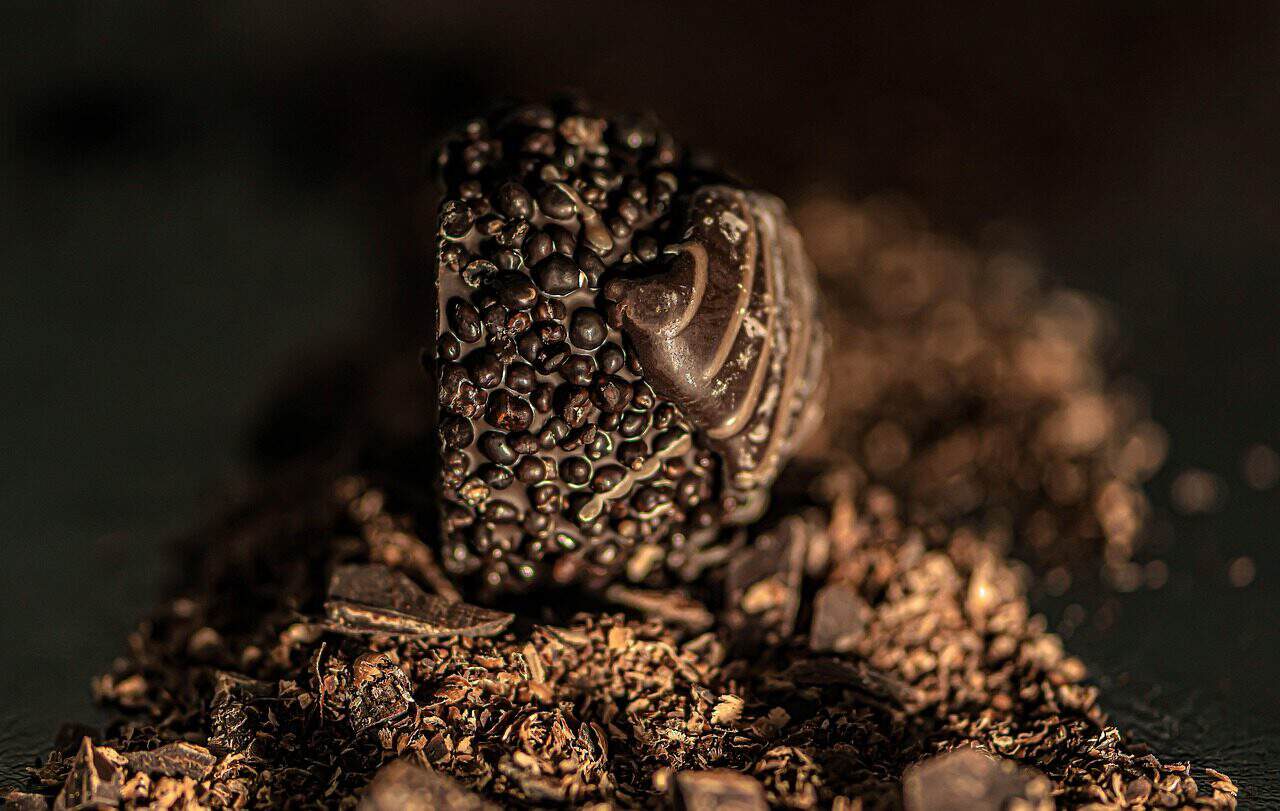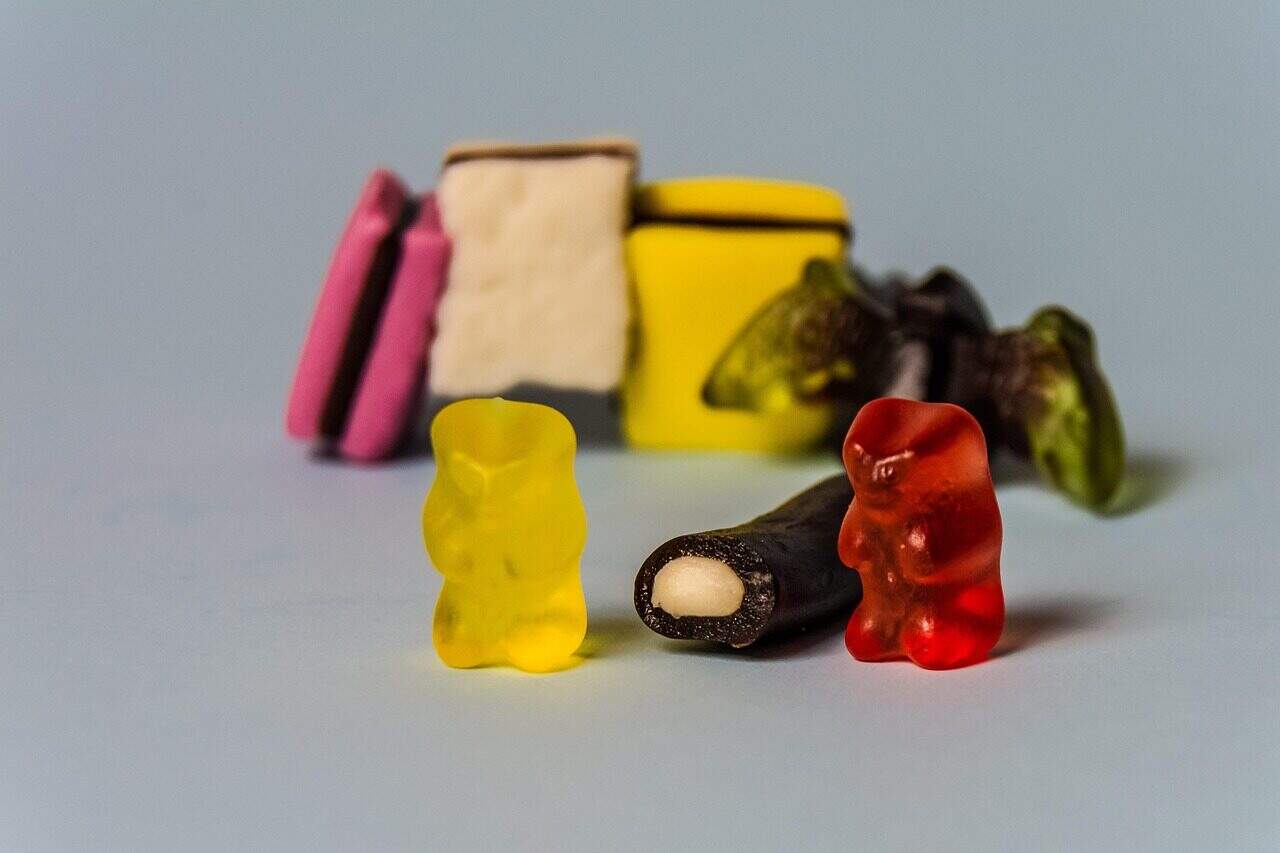The Engineer’s Guide to Heat Sealing in Candy Packaging: A Technical Analysis
Heat sealing is more than just applying heat and pressure to plastic films. In candy production, it is a precision-controlled process rooted in polymer physics, thermodynamics, and material science. The objective is creating airtight, molecularly fused seals that protect freshness, ensure safety, and maintain product appeal.
This guide provides a deep technical framework for packaging engineers, food scientists, and quality professionals. We break down candy heat sealing into its core principles, позволяя material selection, process optimization, and troubleshooting on production lines.
From Adhesion to Molecular Fusion in Candy Packaging
Heat sealing in candy wraps is not surface-level adhesion. It involves polymer chain interdiffusion at the molecular level. Understanding this process transforms sealing from a “black-box” art into predictable engineering science.
What This Guide Covers:
The physics: heat transfer and thermodynamic principles.
The material science: polymer properties enabling heat sealability.
The process trinity: temperature, pressure, and dwell time.
Technology comparison: hot bar, induction, ultrasonic, and hot air sealing.
Troubleshooting and defect analysis for candy lines.
The Fundamental Physics
Heat Transfer in Candy Packaging
Conduction is the most common energy transfer mode in candy heat sealing. Heated jaws or bars contact film layers directly, transferring energy to the sealant.
Other methods include:
Hot air sealing: convective heat transfer via heated air jets.
Induction: electromagnetic fields heat conductive foil layers inside candy wrappers.
Ultrasonic sealing: high-frequency vibrations generate localized frictional heat.
Conduction remains the industry standard for flexible candy packaging due to reliability and simplicity.

Thermodynamic Principles
Two temperatures govern polymer behavior:
Glass Transition Temperature (Tg): The point where amorphous polymer chains gain mobility.
Melting Temperature (Tm): The point where crystalline regions melt into a viscous state.
For candy wrappers, the sealant interface must exceed Tg or approach Tm to allow polymer chain mobility and interdiffusion.
The Molecular Dance
At ambient temperature, polymer chains are static. When heated:
Chains uncoil and move at the interface.
Chains from opposing layers interdiffuse, forming entanglements.
Upon cooling, chains lock into a cohesive, monolithic structure, creating a strong, airtight seal.
In semi-crystalline polymers, recrystallization strengthens the bond further, ensuring candy freshness and shelf stability.
Material Science of Candy Films
What Makes a Film Heat Sealable?
A heat-sealable film must be thermoplastic, softening when heated and solidifying upon cooling. Thermosets and elastomers are unsuitable.
Common Heat-Sealable Polymers in Candy Wrapping
| Полимер | Sealing Temp (°C) | Seal Strength | Ясность | Key Candy Use |
|---|---|---|---|---|
| LDPE | 105–150 | Хорошо | Хорошо | General candy bags, flexible wraps |
| LLDPE | 115–160 | Превосходно | Хорошо | High-speed lines, hot tack required |
| PP | 160–210 | Хорошо | Превосходно | Premium candy pouches, rigid wraps |
| ПЭТ | 240–260 | Poor (sealant layer required) | Превосходно | Structural outer layer for laminated candy films |
| ПВХ | 120–180 | Умеренный | Превосходно | Declining use; sometimes for novelty candy wraps |
| Ionomer (Surlyn®) | 90–130 | Превосходно | Превосходно | Heat seals through contamination, high-quality chocolate packs |
Multi-Layer Film Architecture
Candy packaging often uses co-extruded or laminated films to combine properties:
Print Layer: High-quality graphics.
Barrier Layer: EVOH or metallized films to prevent oxygen, moisture, or light ingress.
Bulk/Strength Layer: Nylon or PET for puncture resistance.
Tie Layer: Bonds incompatible polymers.
Sealant Layer: Low-melting-point polymer like LLDPE or ionomer for optimal heat sealing.
The Process Trinity: Temperature, Pressure, Dwell Time
Seal quality depends on three interdependent variables:
Температура: Activates polymer chain mobility. Must stay within the sealing window.
Давление: Ensures intimate contact, removes trapped air, and promotes interdiffusion.
Dwell Time: Duration of heat and pressure application; allows full chain entanglement.
Adjusting one parameter requires compensatory changes in others. For example, faster candy line speeds shorten dwell time, necessitating higher sealing temperatures.
Heat Sealing Technologies in Candy Lines
| Технологии | Принцип | Suitable Materials | Скорость | Капитальные затраты | Candy Line Use |
|---|---|---|---|---|---|
| Hot Bar / Direct Contact | Проведение | Most thermoplastics | Low–Medium | Низкий | Chocolate bars, gummies, small bags |
| Induction | Electromagnetic | Foil-laminated candy caps | Высокий | Средний | Hermetic chocolate tubs, premium candies |
| Ультразвуковой | Frictional Heat | Rigid/semi-rigid thermoplastics | Очень высокий | Высокий | Blister packs, chocolate trays |
| Hot Air | Конвекция | Most thermoplastics | Medium–High | Средний | Multi-layer candy pouches, contoured shapes |
Seal Integrity & Troubleshooting
Defining a Good Seal
Strength: Measured by peel tests (ASTM F88).
Hermeticity: Impermeable to air, moisture, or microbes (ASTM F1140, F1929).
Peelability: Controlled easy-open for consumers.
Aesthetics: Clean, uniform, wrinkle-free seals.
Common Defects in Candy Packaging
| Дефект | Process Cause | Material Cause | Решения |
|---|---|---|---|
| Неполное уплотнение / протекание каналов | Temp too low, short dwell, uneven pressure | Contaminated surface, wrong sealant | Increase temperature/dwell, clean jaws, correct material |
| Weak Peel | Insufficient temp, pressure, dwell | Incompatible polymers | Adjust process or use proper sealant |
| Burn-Through / Shrinkage | Temp too high, excessive pressure | Low melt-strength polymer | Lower temp, reduce pressure |
| Seal Delamination | Overheating tie layer | Poor lamination, ink incompatibility | Use compatible layers, control temp |
| Wrinkles / Puckering | Uneven film tension, misaligned jaws | Thermal expansion mismatch | Align jaws, balance film tension |
Conclusion: A Principle-First Approach
Mastering heat sealing in candy production requires understanding the science behind the process. By integrating polymer physics, heat transfer, and the process trinity, engineers can:
Predict seal performance
Reduce defects and material waste
Ensure consistent, hermetic seals for safety and quality
А principle-first approach transforms heat sealing from guesswork into a reliable, efficient, and scientifically controlled process for modern candy production.
- ASTM F88 – Seal Strength Test Method for Flexible Barrier Materials https://store.astm.org/f0088_f0088m-21.html
- Стандарты ASTM по упаковке - Бумага и упаковка https://store.astm.org/products-services/standards-and-publications/standards/paper-standards-and-packaging-standards.html
- FDA Пищевые ингредиенты и упаковка https://www.fda.gov/food/food-ingredients-packaging
- FDA Packaging & Food Contact Substances (FCS) https://www.fda.gov/food/food-ingredients-packaging/packaging-food-contact-substances-fcs
- Wiley Online Library – Seal Materials in Flexible Plastic Food Packaging https://onlinelibrary.wiley.com/doi/full/10.1002/pts.2732
- ScienceDirect – Heat Sealing of Polyolefin Films Research https://www.sciencedirect.com/science/article/abs/pii/S0142941812001092
- BioResources – Heat Sealing Evaluation in VFFS Packaging https://bioresources.cnr.ncsu.edu/resources/heat-sealing-evaluation-and-runnability-issues-of-flexible-paper-materials-in-a-vertical-form-fill-seal-packaging-machine/
- Wiley Online Library – Heat Sealing Process Characterization https://onlinelibrary.wiley.com/doi/full/10.1002/app.53094
- ISO Packaging Standards (ISO/TC 122) https://www.iso.org/committee/52040.html
- 21 CFR Part 211 – Pharmaceutical Packaging Guidelines https://www.thefdagroup.com/blog/2015/01/overview-of-packaging-guidelines/







